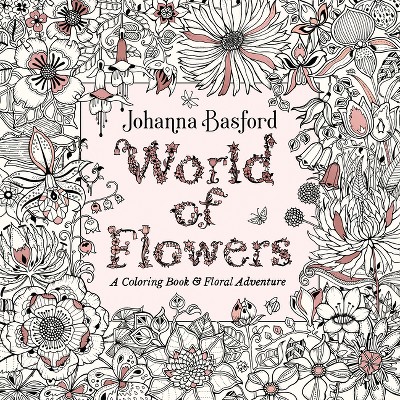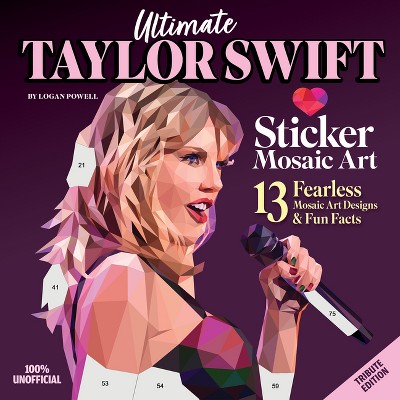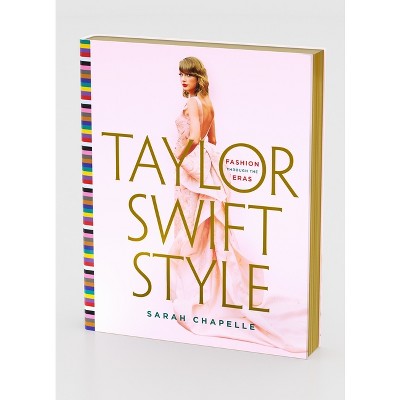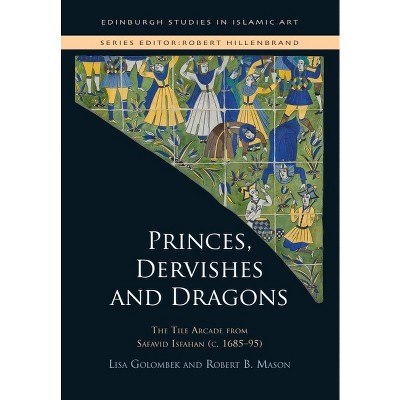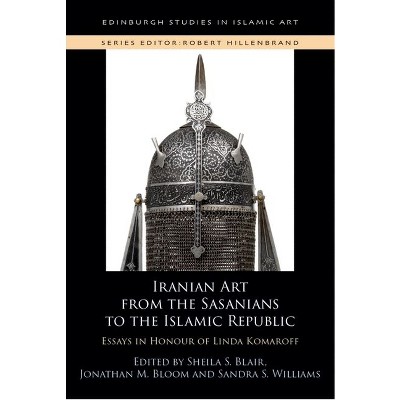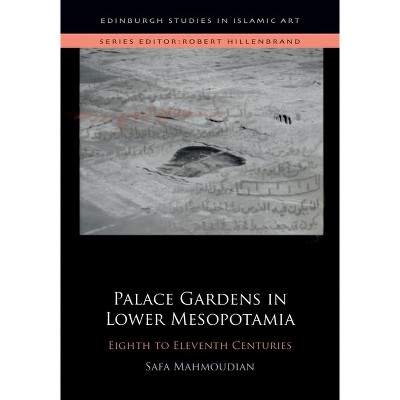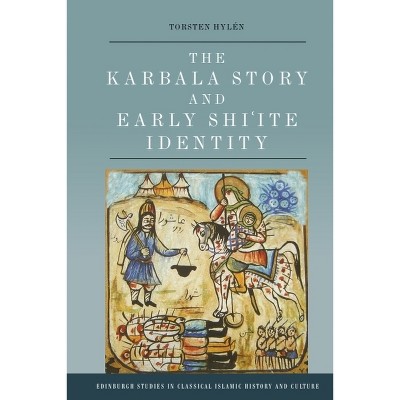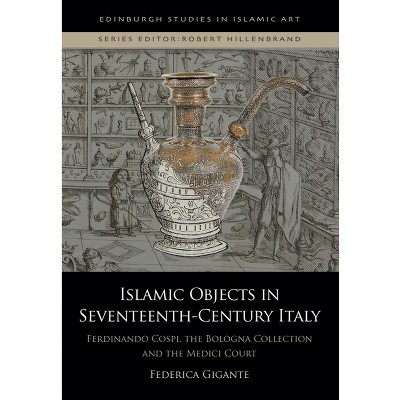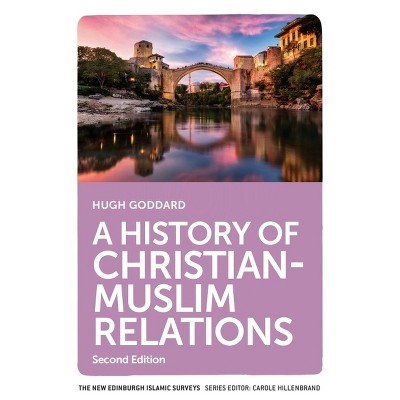Stucco in the Islamic World - (Edinburgh Studies in Islamic Art) by Richard P McClary (Hardcover)

About this item
Highlights
- This is the first major book about Islamic stucco, and the central theme is the re-examination of the uses of stucco in architecture across the Islamic world in the pre-modern period.The book engages with new methodological approaches, including those that go beyond traditional art-historical ones, and works with a wide range of disciplines, including material science and archaeology.
- Author(s): Richard P McClary
- 632 Pages
- Architecture, Decoration & Ornament
- Series Name: Edinburgh Studies in Islamic Art
Description
About the Book
A wide-ranging, illustrated exploration of the uses of stucco in Islamic architecture in the pre-modern period. Coverage includes Iran and reaches as far afield as Spain and India.Book Synopsis
This is the first major book about Islamic stucco, and the central theme is the re-examination of the uses of stucco in architecture across the Islamic world in the pre-modern period.
The book engages with new methodological approaches, including those that go beyond traditional art-historical ones, and works with a wide range of disciplines, including material science and archaeology. It includes numerous sites that have not been previously studied in detail, as well as new approaches to the study of the material, and presents a greater understanding of the use of colour and understanding of materiality.
It includes contributions from a range of leading scholars from around the world working on this ubiquitous, important, but at times ephemeral and still poorly understood, medium in a wide variety of different cultural contexts. There are separate parts for each of the main geographic areas, with each of these sections arranged broadly chronologically. Coverage includes Iran and reaches as far afield as Spain and India.
Review Quotes
A wide-ranging volume that addresses a little-studied aspect of Islamic architecture, this collection explores plaster decoration over a thousand years across the Islamic lands. Written by a panoply of scholars demonstrating different approaches, it shows how various methodologies can reveal new insights.--Sheila Blair and Jonathan Bloom, Boston College and Virginia Commonwealth University
